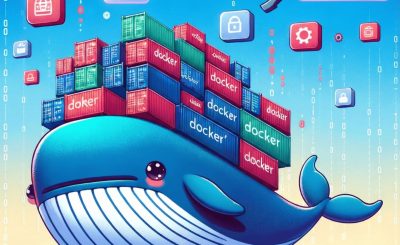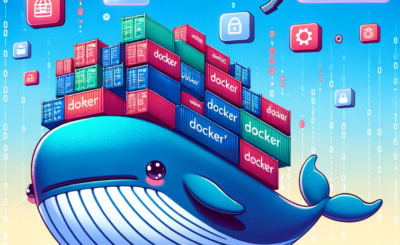Table of Contents
Introduction
You will be learning about container manipulation basics in detail. Container manipulation you will be performing every single day. You can visit the official refer here for the Docker command Line. Now, We write a Docker container handbook.
What is a docker container?
its core is a self-contained and lightweight entity that wraps up an application along with all its dependencies. This encapsulation ensures that the application runs consistently across different computing environments. It operates on the principle of containerization, with Docker being a widely used platform for implementing this concept.
One of the key advantages of Docker containers lies in their portability. Applications packaged within containers can seamlessly transition between development, testing, and production environments. This consistent behavior across various platforms simplifies the deployment process and minimizes compatibility challenges.
Containers leverage the host system’s kernel, resulting in efficiency gains by sharing resources and enabling quick startup times. These containers are built from images, which are compact and versioned packages containing the application and its required components. Docker containers are not just isolated units; they also facilitate streamlined software development, testing, and deployment processes.
Run a Container
The syntax of this command is below for version 1.13:
docker run <image name>In the new version, The syntax of this command is as below:
docker <object> <command> <options>In this syntax:
- object can be a container, image, network, or volume object.
- command is the run command.
- options can be any valid parameter that can override the default behavior of the command. example, –publish option for port mapping.
Now, for this syntax, the run command is as follows:
docker container run <image name>The “image name” can be any image from an online registry or your local system.
For example, To run a container using the image as my terminal below:
docker container run --publish 8080:80 nginxPublish a Port
The host system doesn’t know inside a container. How to outside access inside a container. The syntax, The Publish a port a container.
--publish <host port>:<container port>Use Detached Mode
To a container running in the background, you can use the –detach option with the run command.
docker container run --detach --publish 8080:80 nginxList Containers
You will list out containers that are currently running.
docker container lsList all out containers.
docker container ls --allStop or Kill a Running Container
The syntax Stop or kill a Container
docker container stop <container identifier>
docker container kill <container identifier>
- <container identifier>: can either be the id or the name of the container.
How to restart a Container
Restarting a container that has been previously stopped or killed
docker container start <container identifier>Rebooting a running container.
docker container restart <container identifier>Rename a Container
By default, every container has two identifiers
- CONTAINER ID
- NAME
Using the –name option defined Naming a container
docker container run --detach --publish 8888:80 --name nginx-container nginxThe syntax renames a container
docker container rename <container identifier> <new name>Remove Dangling Containers
Find out containers are not running, use the command “docker container ls –all”
The syntax removes Dangling Containers
docker container rm <container identifier>Execute Commands Inside a Container
docker run name-of-image uname -aIn conclusion, the Docker container handbook provides a comprehensive understanding of the principles and benefits of containerization. I trust that this resource proves to be valuable for your endeavors in deploying and managing applications using Docker containers. The versatility, consistency, and efficiency offered by containerization, as highlighted in the handbook, are crucial aspects that enhance the software development and deployment lifecycle. If you have any further questions or seek additional insights, feel free to explore more on the DevopsRoles page! Thank you for taking the time to read and engage with the content. Best of luck with your Docker container journey in the realm of DevOps!

